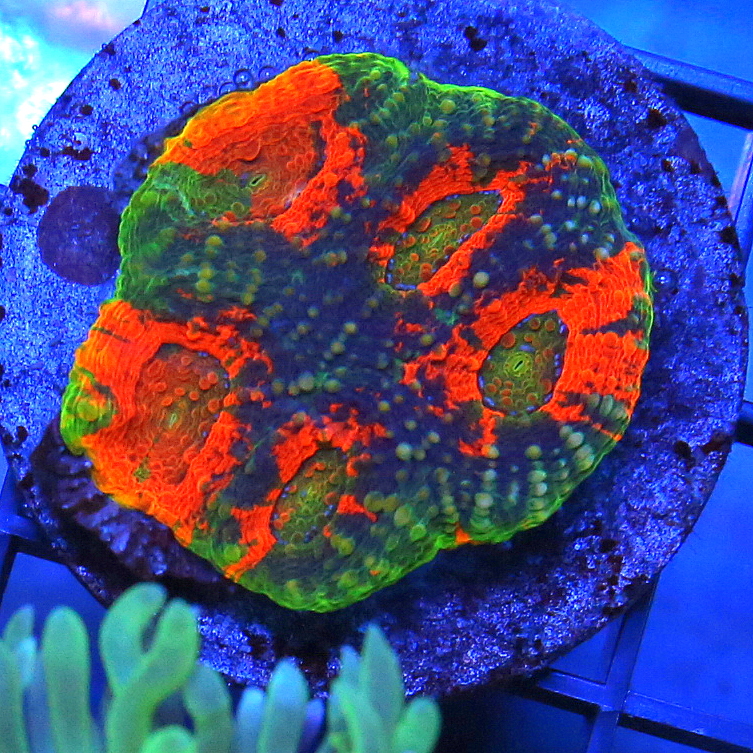Extreme Corals News and Updates
Beginner's Guide to Starting a Coral Frag Tank
Discover how to set up and maintain a coral frag tank to grow and propagate coral fragments, promoting conservation and expanding your coral collection.
A coral frag tank is a specialized aquarium designed for growing and propagating coral fragments, promoting conservation and sustainability. These tanks offer a controlled environment, making them ideal for expanding coral collections and supporting reef ecosystems. Proper setup and maintenance, including appropriate lighting and water quality, are essential for successful coral growth.
by scott Shiles • May 28, 2024
Reef Tank Maintenance, All Corals
What is a Coral Frag Tank?
A coral frag tank is a specialized aquarium designed to grow and propagate coral fragments, or frags. These tanks provide optimal conditions for coral pieces to thrive and develop into mature colonies. Coral frags are small sections of coral broken off from larger colonies. In a frag tank, these fragments are placed on a frag plug or rock, allowing them to mature into full-grown corals over time. This propagation method is essential for expanding coral collections, promoting conservation, and potentially generating income through the sale of grown corals.
The Advantages of a Coral Frag Tank
Coral frag tanks offer numerous benefits:
- Controlled Environment for Propagation: These tanks provide a stable and controlled environment, which is crucial for the successful propagation of corals. This control helps hobbyists grow their collections and create stunning aquarium displays.
- Conservation and Sustainability: By propagating corals in a controlled environment, frag tanks help preserve coral species and promote sustainability. This practice reduces the need for wild harvesting, which can deplete natural coral populations (Rinkevich, 2005).
- Educational Value: Coral frag tanks serve as excellent educational tools, offering hands-on experience in coral care and an understanding of the complexities of reef ecosystems. Educational programs and research often use these tanks to study coral growth and health (Osborne et al., 2005).
- Community Building: Trading coral frags with fellow hobbyists fosters a sense of community within the marine aquarium hobby. This exchange of knowledge and resources supports collective learning and conservation efforts.
How to Get Started with Your Coral Frag Tank
Consider these steps when setting up your coral frag tank:
- Tank Size: Choose a suitable tank size based on the number of corals you plan to keep. A typical frag tank ranges from 10 to 20 gallons.
- Lighting: Opt for energy-efficient LED lights with customizable settings. These lights are popular for coral tanks because they can be adjusted to meet the specific needs of different coral species (Delbeek & Sprung, 2005).
- Filtration: Select a reliable filtration system, such as a protein skimmer or canister filter, to maintain water quality. Effective filtration is crucial for removing waste and preventing the buildup of harmful substances.
- Live Rock: Use live rock for natural filtration and a stable environment for coral growth. Live rock provides essential microorganisms that contribute to a healthy tank ecosystem.
- Water Parameters: Regularly test temperature, salinity, pH levels, and alkalinity to ensure a healthy environment for your coral frags. Maintaining stable water parameters is vital for coral health and growth (Schumacher et al., 2021).
What Corals Go in Your Frag Tank
Different types of corals vary in care requirements:
- Soft Corals: These are easy to care for and fast-growing, making them ideal for beginners
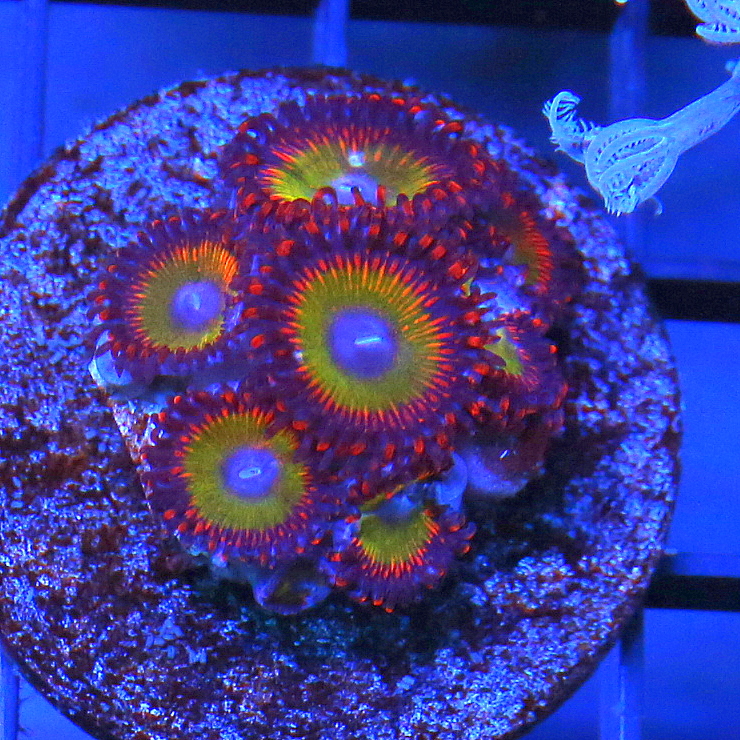
- LPS Corals (Large Polyp Stony Corals): They have beautiful shapes and colors but require more attention and stable water conditions.
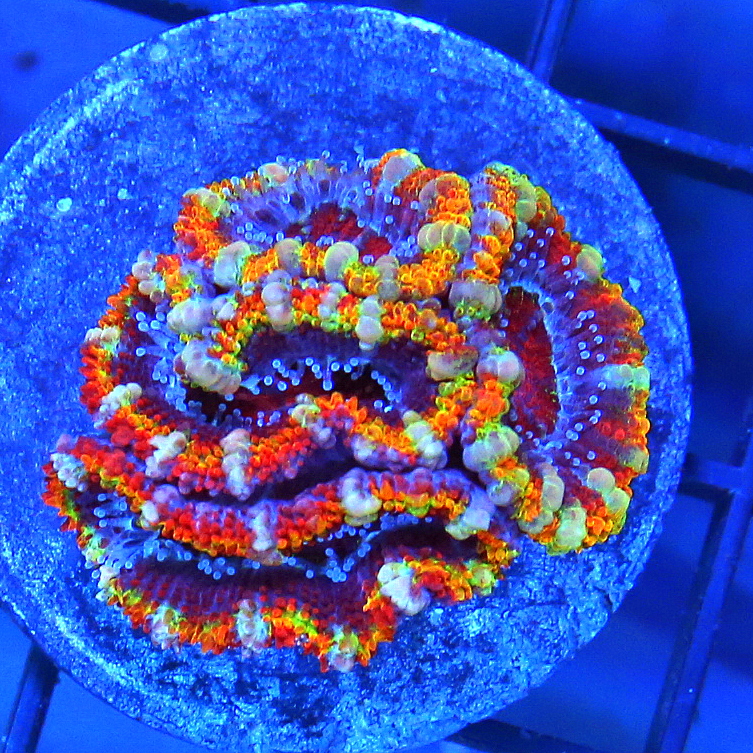
- Mushroom Corals: Hardy and great for beginners, these corals can thrive in a range of conditions and are relatively easy to propagate.
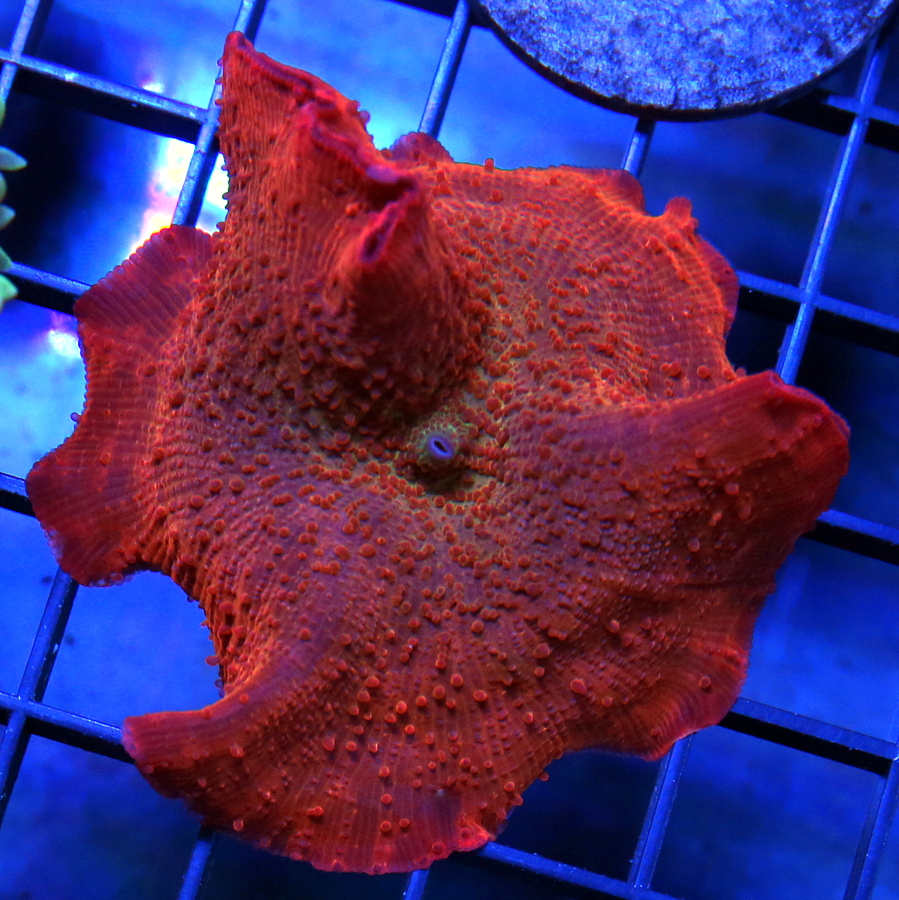
When selecting corals for your frag tank, consider your tank size, lighting, and water flow requirements.
Coral Frag Tank Necessities
Essential equipment for your coral frag tank includes:
- Tank: Typically 10-20 gallons.
- Lighting: High-performance LED lights designed for coral growth.
- Filtration: A reliable system to maintain clean and stable water conditions.
- Heater: An adjustable heater to keep the water at the ideal temperature.
- Water Flow: A powerhead or wavemaker to create water movement, which is crucial for coral health.
How to Keep Water Quality in Your Frag Tank
Maintaining water quality is vital for coral health. Regularly test parameters like ammonia, nitrite, nitrate, and pH levels. Here are some tips for ensuring good water quality:
- Regular Water Changes: Routine partial water changes help remove waste and replenish essential minerals.
- Good Filtration: Use a quality filtration system to eliminate waste and keep water clear.
- Maintain Temperature: Keep the water temperature stable to avoid stressing corals.
- Proper Lighting: Ensure corals receive adequate lighting for optimal growth.
- Avoid Overfeeding: Prevent excess nutrients in the water to avoid algae growth and coral health issues.
Aquacultured Corals for Your Frag Tank
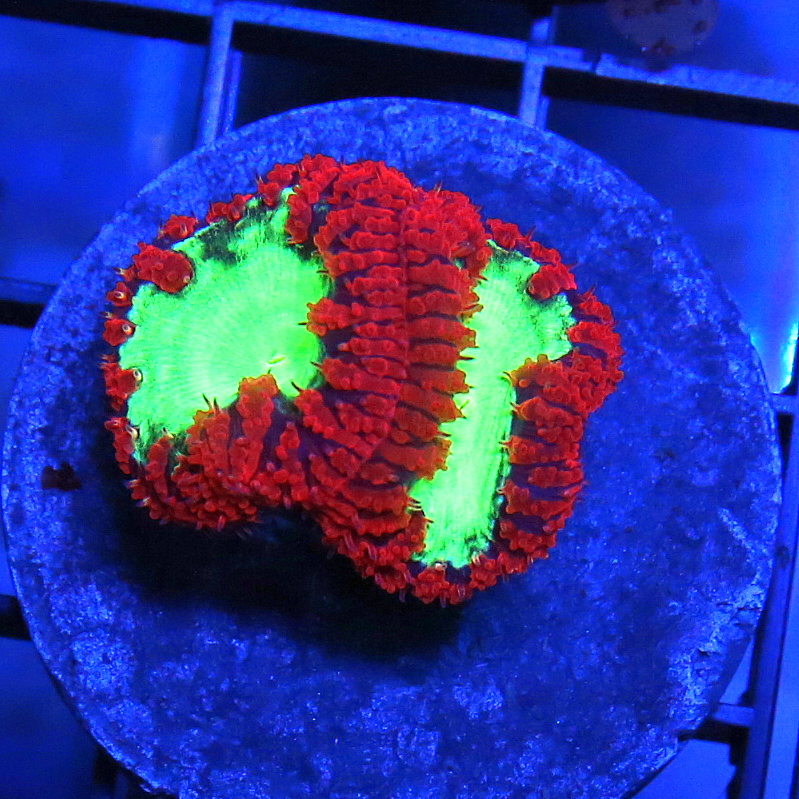
Starting with a healthy mother colony is essential for successful coral propagation. Use sharp scissors or a coral cutting tool to trim small fragments. Place these fragments in a separate frag tank with proper lighting and water flow. Regularly monitor water temperature and salinity to support growth. Allow frags to attach to a plug or rock before moving them into the main tank. Be patient, as corals take time to grow and thrive in a new environment.
Common Coral Frag Tank Problems
Address common issues promptly to ensure a thriving tank:
- Algae Overgrowth: Prevent algae by providing adequate lighting, maintaining nutrient balance, and introducing herbivores like hermit crabs or snails.
- Water Parameter Fluctuations: Monitor parameters like temperature, salinity, and pH regularly and adjust as necessary.
- Pests and Predators: Identify and remove pests like flatworms, red bugs, or predatory snails promptly. Quarantine new corals before adding them to the tank.
- Coral Bleaching: Prevent bleaching by maintaining stable water conditions, proper lighting, and adequate flow. Take immediate action if bleaching occurs to improve conditions.
Lighting and Temperature Requirements in a Frag Tank
Proper lighting and temperature are crucial:
- Lighting: Use high-quality LED lights designed for coral growth. Mimic natural reef environments with 8-10 hours of light per day.
- Temperature: Maintain a stable water temperature between 75°F and 78°F. Use a reliable heater and monitor temperature daily.
How to Be Successful with Coral Frag Tanks
Stable water parameters are key to a healthy coral frag tank. Follow these tips:
- Test Water Parameters: Regularly test temperature, salinity, ammonia, nitrate, and phosphate levels.
- Adequate Lighting: Ensure corals receive proper lighting.
- Maintain Water Flow: Keep water flowing smoothly to prevent debris buildup.
- Regular Water Changes: Remove accumulated waste and replenish trace elements.
- Quarantine New Corals: Always quarantine new frags to prevent the spread of diseases.
References
- Delbeek, J. C., & Sprung, J. (2005). The Reef Aquarium: A Comprehensive Guide to the Identification and Care of Tropical Marine Invertebrates. Ricordea Publishing.
- Osborne, K., Dolman, A. M., Burgess, S. C., & Johns, K. A. (2005). Disturbance and the dynamics of coral cover on the Great Barrier Reef (1995–2009). PLoS One, 5(3), e10185.
- Rinkevich, B. (2005). Conservation of coral reefs through active restoration measures: recent approaches and last decade progress. Environmental Science & Technology, 39(12), 4333-4342.
- Schumacher, H., Zibrowius, H., & Riedl, R. (2021). Coral Reefs: An Ecosystem in Transition. Springer.

